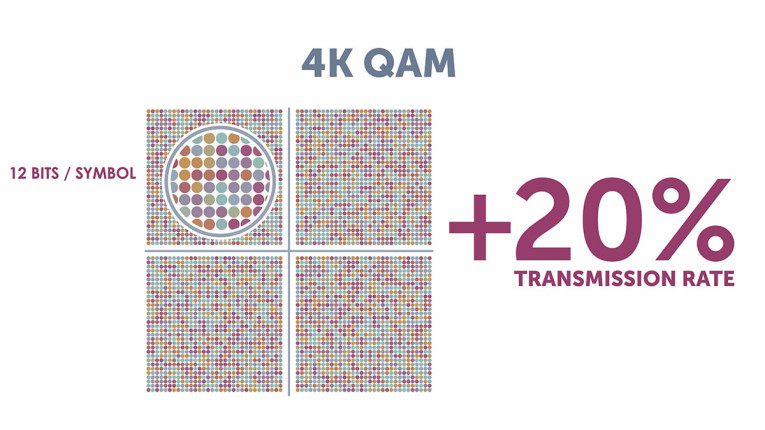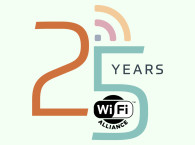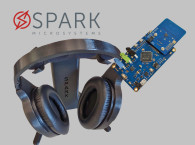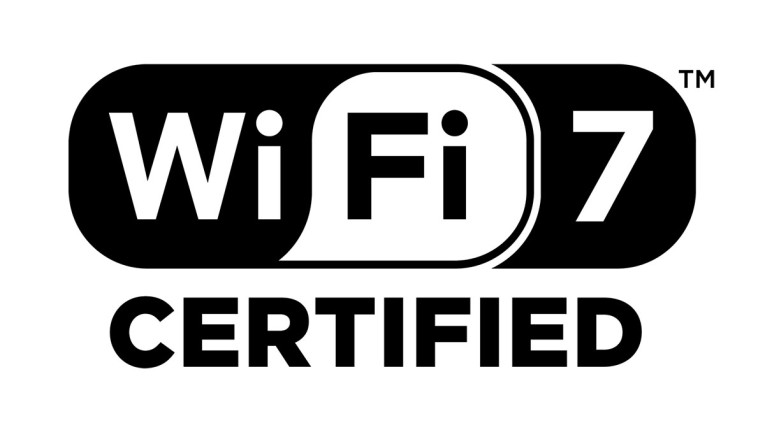
Now, Wi-Fi Certified 7 is here, and introduces powerful new features that boost Wi-Fi performance and improve connectivity across a variety of environments. The new capabilities made possible by Wi-Fi 7 include high throughput, deterministic latency, and greater reliability for critical traffic. The new use cases are precisely the ones we have now (and always mentioned when a new wireless technology such as 5G or Wi-Fi 6 is announced). The important thing is that the latest Wi-Fi generation does make many of these possibilities - such as uncompressed, high-resolution, tightly synchronized multichannel wireless audio streaming - actually practical and reliable.
Wi-Fi Certified 7 represents the culmination of an extensive collaboration process within the Wi-Fi Alliance, ensuring product interoperability and a robust, sophisticated device ecosystem. And because the industry was already anticipating its features, Wi-Fi 7 will see rapid adoption across a broad ecosystem with more than 233 million devices expected to enter the market in 2024, growing to 2.1 billion devices by 2028.
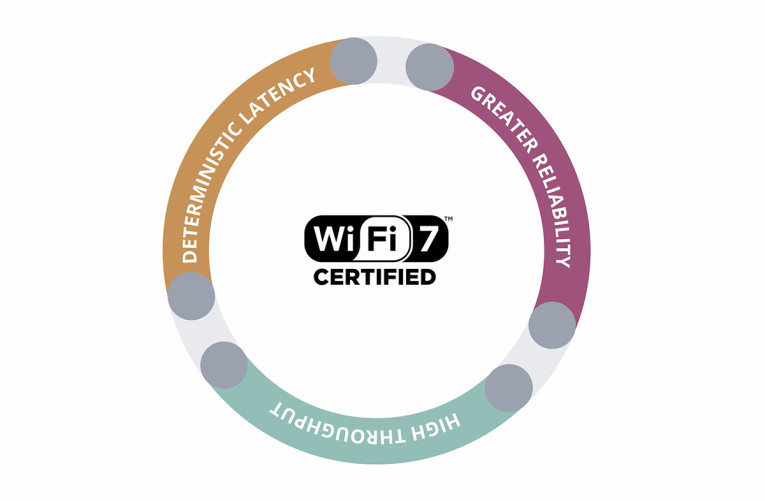
The urge to bring Wi-Fi 7 to the market was actually determined by the fast adoption of Wi-Fi 6, as the industry addressed core issues of reliability and found new ways to reduce latency with increasing data rates and make Wi-Fi technology in general more deterministic. This led to the combination of multi-link operations (MLO) - the hallmark feature of Wi-Fi 7, allowing Wi-Fi devices to spread a stream of data across multiple channels in a single or across multiple frequency bands, including 6GHz.

Wi-Fi 7 also increases channel size from 160 megahertz to a new maximum of 320MHz, but this will not be universally available due to spectrum allocations in some regions. Because of this, Wi-Fi 7 includes another feature, called puncturing, which makes use of available spectrum to create an effective channel.
Advanced features described in Wi-Fi Certified 7 include:
- 320MHz channels: available in countries that make the 6GHz band available to Wi-Fi, ultra-wide channels double today’s widest channel size to facilitate multigigabit device speeds and high throughput.
- Multi-Link Operation (MLO): allows devices to transmit and receive data simultaneously over multiple links for increased throughput, reduced latency, and improved reliability.
- 4K QAM: achieves 20% higher transmission rates than 1024 QAM.
- 512 Compressed block-ack: improves efficiency and reduces overhead .
- Multiple RUs to a single STA: improves flexibility for spectrum resource scheduling to enhance spectrum efficiency.
- Triggered Uplink Access: optimizes Wi-Fi 6 defined triggered uplink access to accommodate latency sensitive streams and satisfy QoS requirements.
- Emergency Preparedness Communication Services (EPCS): provides a seamless National Security & Emergency Preparedness (NSEP) service experience to users while maintaining the priority and quality of service in Wi-Fi access networks
"The introduction of Wi-Fi Certified 7 marks the emergence of the latest generation of Wi-Fi and will be an accelerant to mass adoption of Wi-Fi 7. This certification underscores our relentless commitment to delivering cutting-edge technology that redefines the way users experience Wi-Fi, providing faster speeds, improved efficiency, and increased reliability which expand the horizons of what is possible through Wi-Fi," says Kevin Robinson, president and CEO, Wi-Fi Alliance.

Companies including Broadcom, CommScope RUCKUS Networks, Intel, MaxLinear, MediaTek, and Qualcomm have formed the test bed for certification and are among the first Wi-Fi Certified 7 devices.
"Wi-Fi Certified 7 has arrived, bringing lower latency, blazing fast speeds, determinism and high capacity to homes, enterprises and large public venues. Built for our ultra-connected world, Broadcom's Wi-Fi 7 solutions deliver reliable multi-gigabit broadband connectivity to where it is needed most. We are honored to once again participate in the test bed and collaborate with industry peers to revolutionize the wireless experience by launching features like Multi-Link Operation (MLO), which avoids congestion and significantly lowers latency, laying the foundation for a digitally immersive and connected world," states Vijay Nagarajan, Vice President of Marketing, Wireless Communications and Connectivity Division, Broadcom.
"Over the past two and a half decades, Wi-Fi has revolutionized the way we interact and function as a society. It stands as the foremost technology for daily connectivity. We are still at the dawn of the 6GHz era, heralded by Wi-Fi 6E and we are poised to unlock unprecedented wireless user experiences. Wi-Fi 7, which is the next step of this evolution, signifies more than an incremental upgrade — it's a leap into a realm where speed, capacity, and reliability converge to meet the insatiable demands of our connected world," added David Coleman, Director of Wireless in the Office of the CTO, Extreme Networks.
Following the Wi-Fi Alliance's certification announcement, the IEEE will also ratify a new version of the 802.11 standard, which is due to happen any moment now.
www.wi-fi.org
